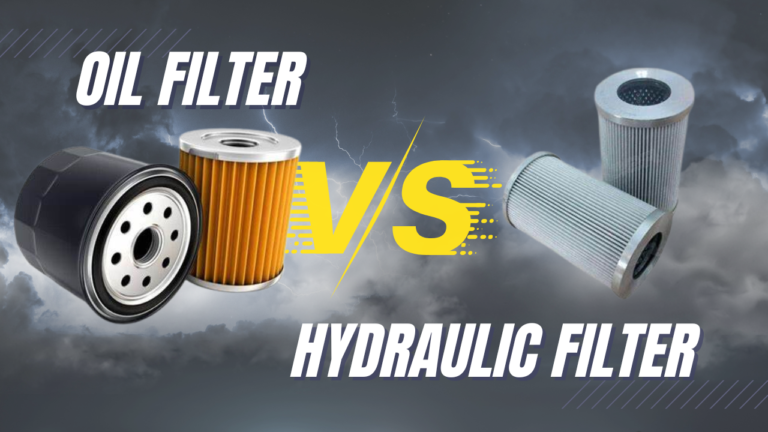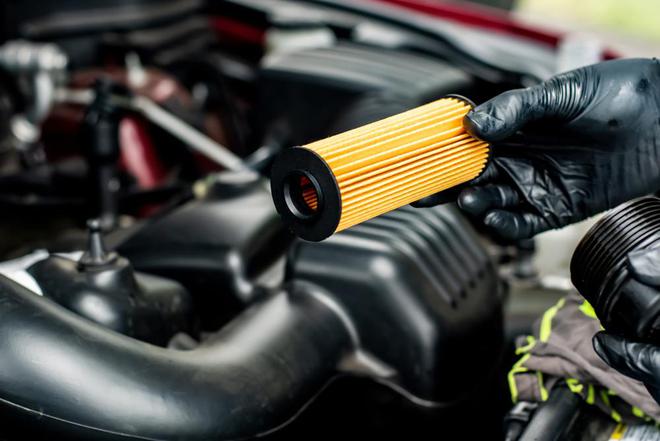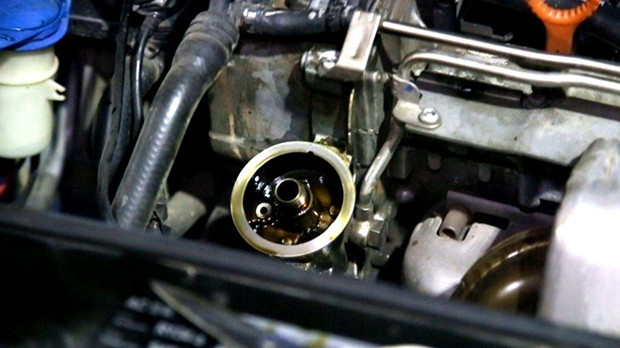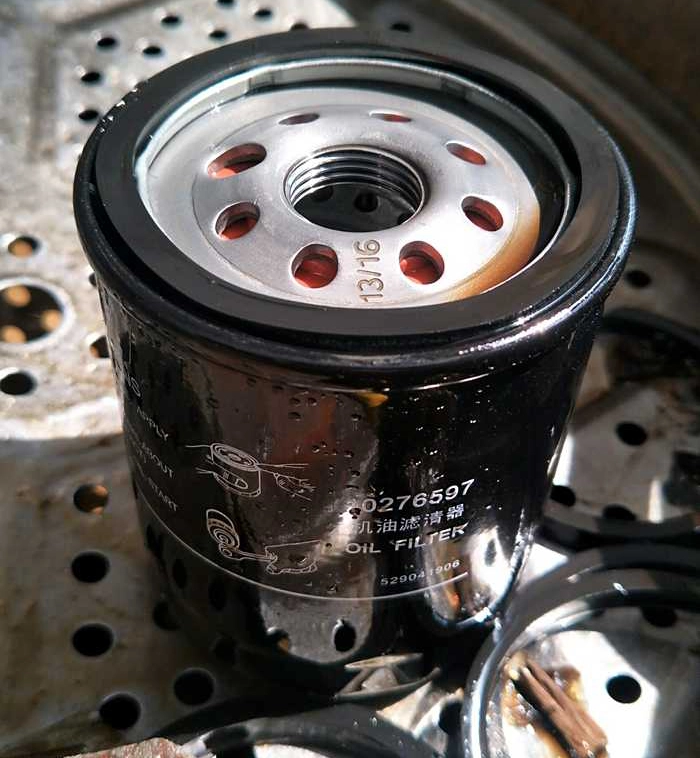How to tell if a car oil filter needs replacing?
When it comes to the health and performance of your engine, the oil filter is a crucial component that should never be overlooked. This detailed guide will help you understand the function of an oil filter, manufacturer recommendations, and the signs that indicate it’s time for a change.
Function of the Oil Filter
The oil filter works by trapping dirt and other particles as the oil circulates through the engine. This process is essential for maintaining the efficiency and longevity of your engine. The oil filter is located in a strategic position to ensure that the oil is cleaned before it reaches the engine’s critical components.
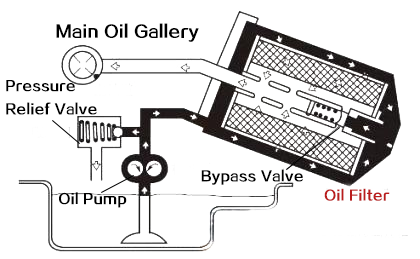
The oil filter is the gatekeeper that ensures only clean oil reaches the engine’s lubricated parts. The primary function of the oil filter is to filter out impurities from the oil that enters the engine system. By removing these impurities, the oil filter prevents them from causing clogs and damaging the engine, which could lead to serious consequences.
Manufacturer's Recommendations for Changing the Oil Filter
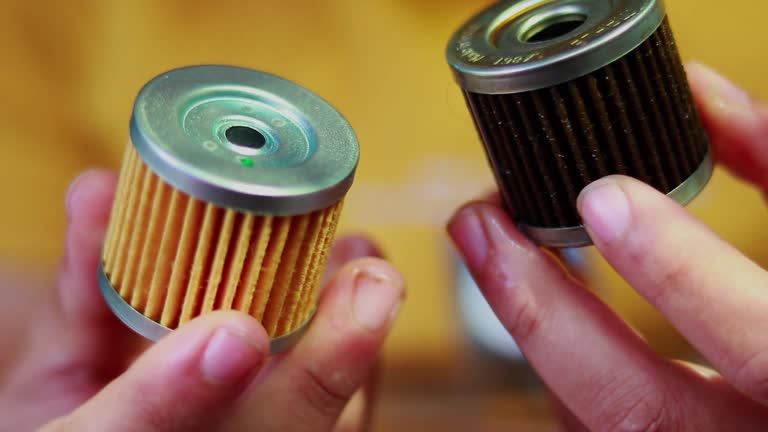
Following the manufacturer’s recommended change intervals for your vehicle is essential, as detailed in the owner’s manual. Different models and engine types may have varying replacement requirements. Generally, the oil filter should be changed at the same interval as the engine oil, which, according to most vehicle manufacturers, is every 5,000 to 10,000 kilometers or every 6 months. This ensures that your engine receives the proper lubrication and protection.
Vehicle Oil Abnormalities
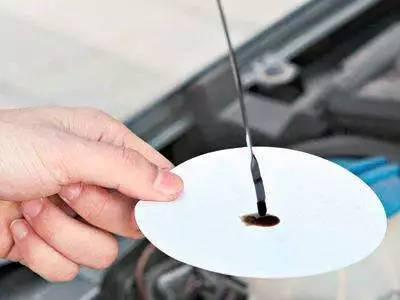
One of the main reasons to change the oil filter when you change the oil is that the filter can become contaminated as it filters the oil. If the oil is contaminated, the oil filter will also be contaminated. Signs of contaminated oil include a black color or an unusual sour smell, indicating that the oil has deteriorated. Abnormal fluid levels may also signal the need for an oil or oil filter change. Changing the oil filter ensures that the oil continues to provide continuous and effective lubrication to the engine.
Check Engine Light
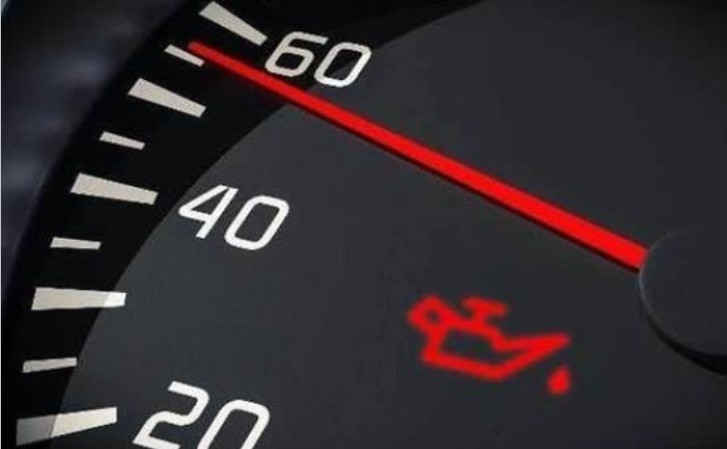
An illuminated oil pressure light typically indicates a malfunction in the engine’s lubrication system. Possible causes include insufficient oil, a faulty oil pump, or clogged oil lines. Insufficient oil pressure can lead to inadequate lubrication, causing severe wear and damage to the engine. It’s crucial to check the oil level and the working condition of the oil pump promptly. If the oil level is normal but the pressure light remains on, the oil filter may be clogged and require replacement.
Oil Filter Leaks

Check for signs of oil filter leaks. A damaged oil filter element or poor seal can cause oil leaks. Leaking oil can form droplets or oil stains underneath the vehicle, creating a mess in the driveway or parking area and requiring frequent cleaning. Moreover, oil leaks can pollute the environment, posing risks to plants, animals, and water sources. An oil filter that causes oil leaks is a sign that it’s time for a replacement.
Car Engine Abnormalities
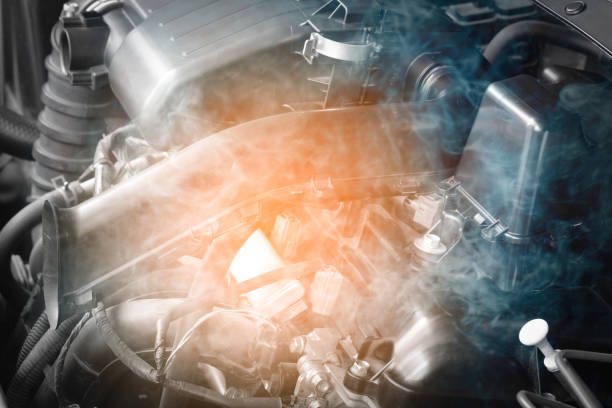
If you experience difficulty starting the engine, a loss of power, or unusual noises, it could be due to a clogged oil filter that is reducing the flow of oil. This affects lubrication and leads to increased wear and tear on the internal parts of the engine. These symptoms are clear signs that the oil filter needs to be changed.
Conclusion
Regular oil filter replacement is essential for the proper functioning and longevity of your engine. By being vigilant about the signs of a clogged or failing oil filter and adhering to the manufacturer’s recommendations, you can prevent unnecessary engine damage and ensure your vehicle runs smoothly for years to come. Don’t let a neglected oil filter be the reason your engine suffers; stay proactive and keep your car’s heart healthy.



